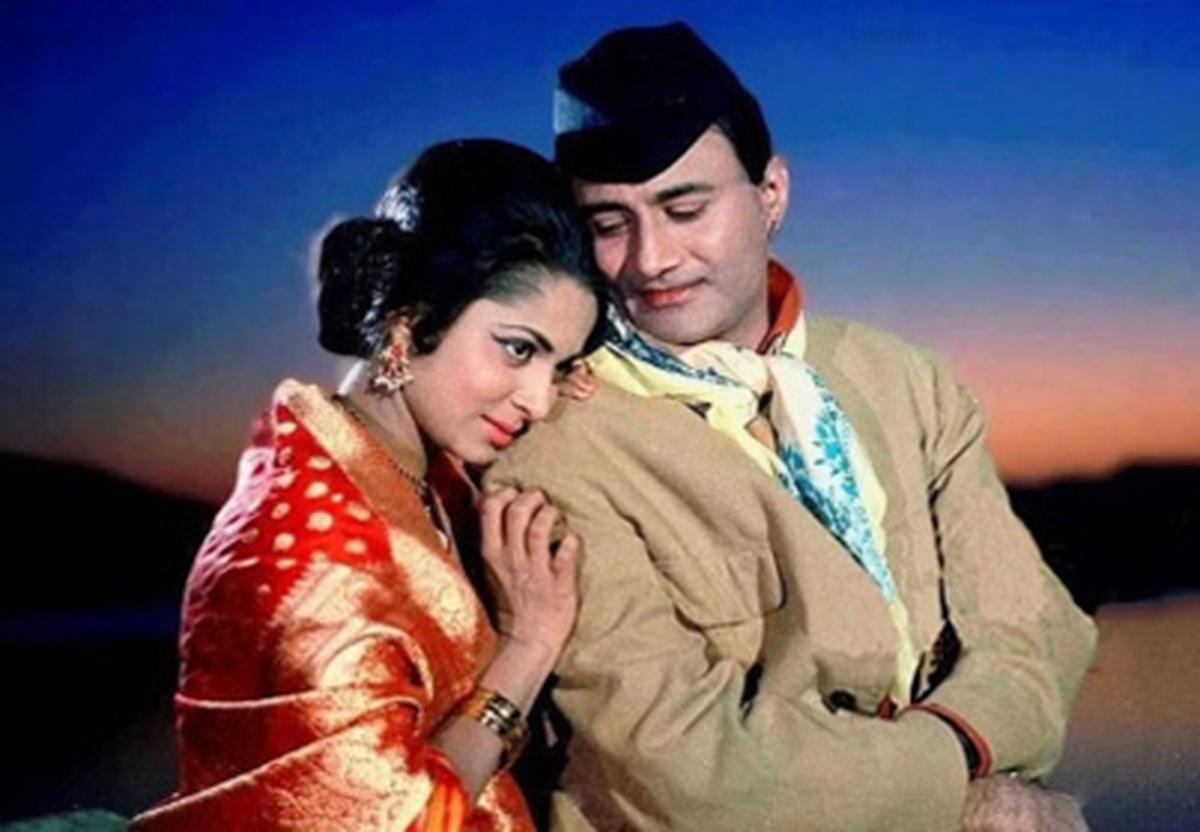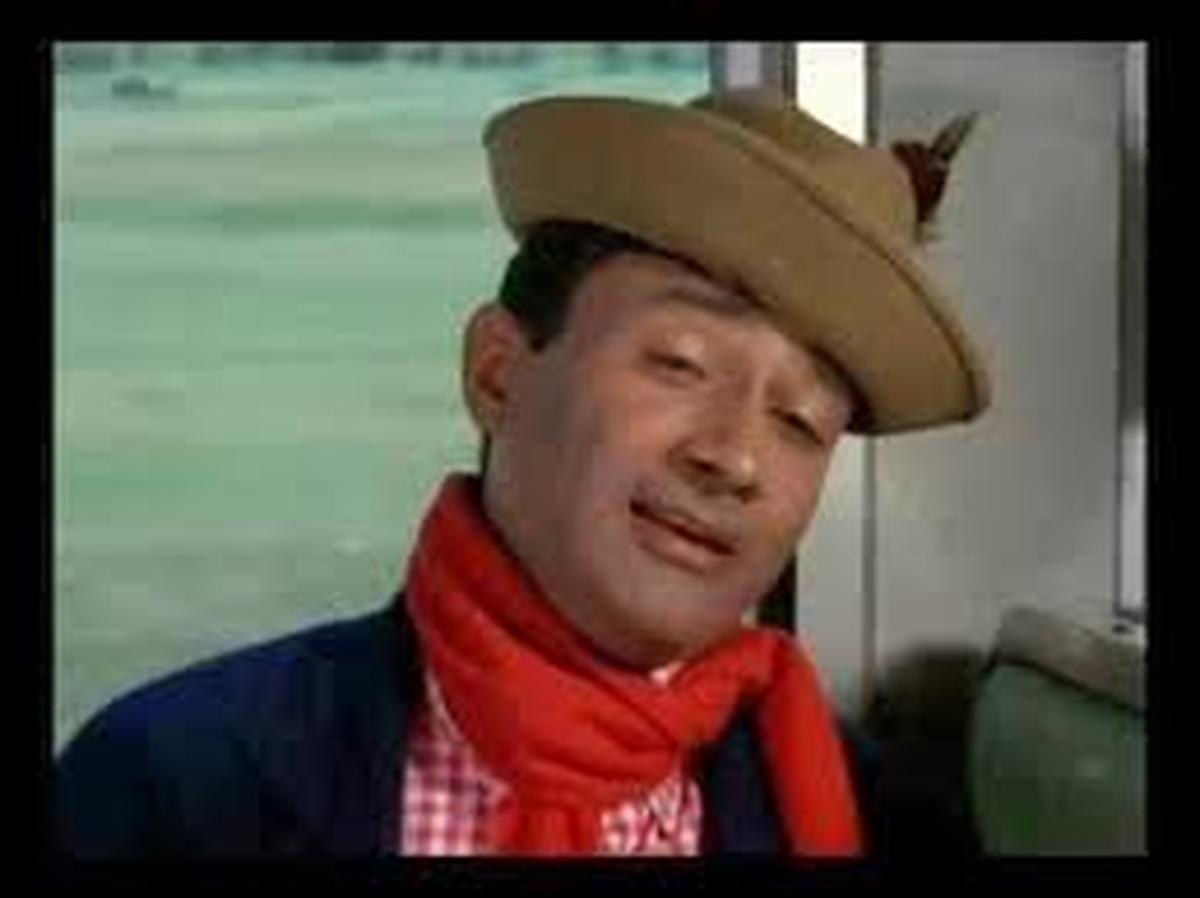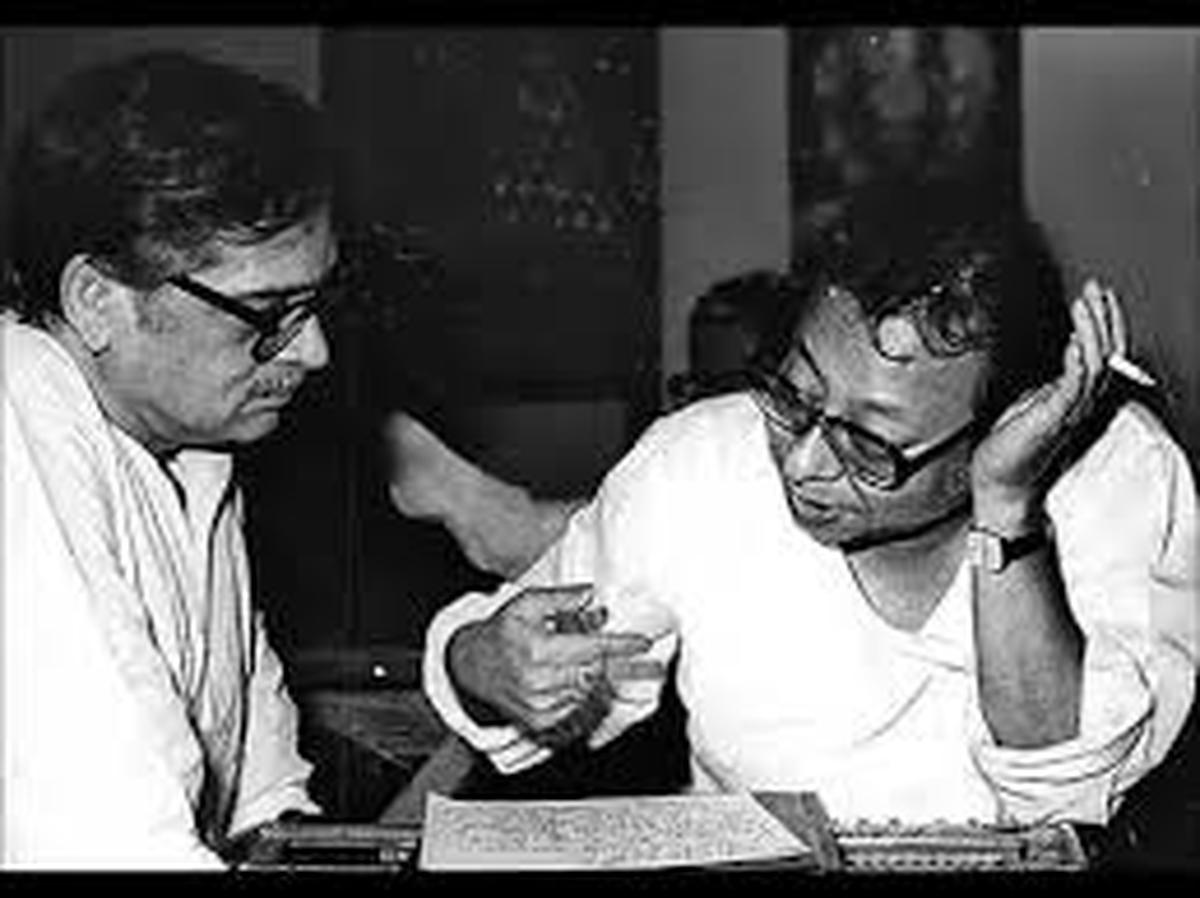Recalling an amusing incident on the sets of the 1960 film Kala Bazar, actor Waheeda Rahman describes how the entire team laughed when music director Sachin Dev Burman lifted his dhoti up to demonstrate what steps she should do in the song ‘Rimjhim ke taraane’. “We found it really sweet,” she says. In another instance, Gulzar talks about a debate between Burman and Bandini director Bimal Roy over how Nutan should be depicted in ‘Mora gora ang le le’, his debut song as a lyricist.
Though they represent different shades of S.D. Burman’s personality, they provide evidence of how closely the music director was involved in the way his songs were depicted on screen. This trait of his is mentioned often in the book The Monk And His Music (Qurate Books) by Moti Lalwani and Richa Lakhanpal. Other aspects such as his approach to studio recordings, the way he interacted with musicians and filmmakers, his sense of dressing, how he was a fan of the East Bengal football team and his love for paan are mentioned too.
The book by Moti Lalwani and Richa Lakhanpal carries 50 interviews with people who knew or worked with S.D. Burman
| Photo Credit:
Special Arrangement
This isn’t a quintessential musical biography. Thirteen books have already been written on the composer, including biographies in English by H.Q. Chowdhury, Khagesh Dev Burman, Anirudha Bhattacharjee-Balaji Vittal and Sathya Saran. We might see more in the years to come because Burman dada’s music is eternal. Though he belonged to an era gone by, admirers of his work across the globe are still eager to know how he managed to create songs that continue to tug at our heartstrings.
S.D. Burman’s music was a beautiful blend of folk and classical that he imbibed as a child growing up in Comilla (now part of Bangladesh). Quite a few of his songs drew a visual imagery of Bengal through their Baul and Bhatiali-inspired tunes. While Burman’s mother, Rajkumari Nirmala Devi, was the royal princess of Manipur, his father, Nabadwipchandra Dev Burman, was the son of the maharaja of Tripura. Moving away from the royal trappings, Burman found his calling in music.
S.D. Burman with son Rahul Dev (Pancham). The two had very unique styles
| Photo Credit:
Special Arrangement
In The Monk And His Music, Moti and Richa have interviewed several people associated with Burman either professionally or personally such as radio personality Ameen Sayani, music directors Anandji Shah, Ravindra Jain, Pyarelal Sharma and Khayyam, classical musicians Pt. Shivkumar Sharma and Pt. Hariprasad Chaurasia, and lyricists Yogesh Gaur and Gopaldas Neeraj. Thus the book has many anecdotes.
The interviews have been uploaded on YouTube, and then edited and compiled for the book. Filmmaker Brahmanand Singh, who has made documentaries on R.D. Burman and Jagjit Singh, has written the foreword. Says Moti, “The name S.D. Burman has such a magical effect that it opened all doors for us. Initially, we planned to make a biopic, but it proved to be an expensive proposition. So we ventured into writing this book.” .”

The songs of Guide contributed immensely in the film’s success
| Photo Credit:
The Hindu Archives
The book is divided into various sections featuring musicians, filmmakers, lyricists, composers, singers and other industry personalities. Some articles by musicologists give specific accounts of Burman’s life. The back cover carries a quote by son Rahul Dev Burman (Pancham) — “And now he is indeed gone forever, bequeathing his exalted legacy to me, a monumental legacy I will try my best to carry forward.” Pancham had said this to Ameen Sayani after dada passed away on October 31, 1975..
Some of the most interesting observations come from the musicians and arrangers. Describing Burman’s work ethic, rhythm player Ranjit Gazmer says, “The musicians would come at 9 a.m. and tune their instruments. Dada would come around 10.30 a.m. He did not have any airs, unlike some other composers. His recordings usually got over on time.” Saxophone player and arranger Manohari Singh speaks about how Burman wanted only short interludes in a song. “He felt that if the interludes were lengthy, nobody would listen to his tunes.”

In ‘Phoolon ke rang se’, from Prem Pujari, the mukhda comes after the antara. S. D. Burmanloved experimentation in writing
| Photo Credit:
Special Arrangement
Kersi Lord, arranger and accordion player, describes Burman as “diplomatic”. He recalls, “Once a famous tabla player was playing at a very fast pace. We tried to keep up with his tempo. Seeing this, dada told him – ‘the rest of the musicians are not as well-prepared as you are. Please go a little slow’.”
Lyricist Gopaldas Neeraj, who used to write according to the tunes Burman came up with, says the composer loved experimentation in writing. He cites the examples of the Prem Pujari song ‘Phoolon ke rang se’, where the mukhda comes after the antara, and the Gambler hit ‘Dil aaj shayar’. which had no mukhda. Neeraj adds, “Before composing, Dada would understand the story, and create music according to the situation. To get to the heart of the scene, he would sometimes enact the role of the actor where the song was to be picturised.”
While the book takes readers back in time to the golden period of Hindi film music when melody reigned supreme, the section on singers seems weak. Quotes from Lata Mangeshkar and Asha Bhosle would have added more weight to the narration. The section has just singer Poornima Shrestha sharing how Dada encouraged her after the death of her father, tabla artiste Bhola Shrestha.
. Lyricist Yogesh Gaur talks at length about the recording of songs for Hrishikesh Mukherjee’s Mili, when Burman suddenly took ill. Arranger Bablu Chakraborty shares how Dada always closed his eyes while singing, totally unaware of his surroundings.

Gulzar was closely associated with S.D. Burman but had a successful collaboration with Pancham
| Photo Credit:
Special Arrangement
Gulzar was closely associated with both S.D. and R.D. Burman. Though he started his career with the senior Burman in the 1960s, his collaboration with Pancham resulted in some of the finest films and songs of Hindi cinema. Remembering Dada, Gulzar says in the book that he was always impeccably dressed, wearing a well-starched shirt even at home.
Many interviewees talk about S.D. Burman’s love for paan. According to santoor maestro Pt. Shivkumar Sharma, he would rarely share it, but if he liked someone’s work, he would offer paan as a reward.
S. D. Burman’s songs covered a wide spectrum of emotions. The Monk and His Music through 50 interviews gives an insight into his distinct personality and musical oeuvre. A cultural traveller of sorts, his songs bridged different musical traditions. His song ‘Hum hai rahi pyar ke’ (Nau do gyarah) sums up his journey.
Published – May 12, 2025 04:59 pm IST
www.thehindu.com (Article Sourced Website)
#S.D #Burmans #music #deeply #influenced #folk #classical #traditions
